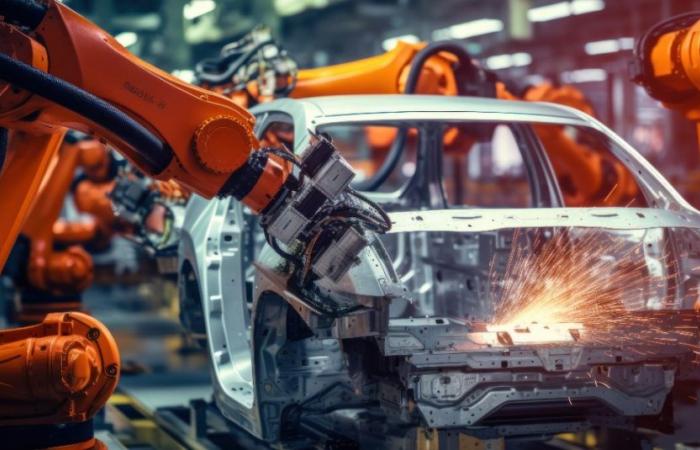Manufacturing activity in Europe fell sharply in June, with demand declining at an accelerating pace despite price cuts by factories, a recent survey found.
Looking for signals and alerts from professional traders? Sign up for Invezz Signals™ for FREE. It takes 2 minutes.
The Hamburg Commercial Bank Purchasing Managers’ Index (PMI), compiled by S&P Global, fell to 45.8 in June from 47.3 in May. This drop from the preliminary estimate of 45.6 highlights a sector that has been contracting for two consecutive years, remaining below the critical threshold of 50 that separates growth from contraction.
The PMI is a critical indicator of the economic health of the manufacturing sector, with values above 50 indicating expansion and below 50 indicating contraction.
Germany, which represents a significant part of the European economy, has seen a decline in its industrial sector.
In France, the manufacturing recession has further deepened.
Featured Broker
Looking to invest?
Invest and trade CFD stocks, ETFs, digital assets & commodities in minutes with our highest-rated broker.
Ad
The Italian PMI was the only exception among major European economies, managing to avoid a decline despite widespread difficulties.
The euro zone index measuring output fell to 46.1, a six-month low, while new orders fell to 44.4 from 47.3.
Despite this, producers continued to reduce prices for the fourteenth consecutive month.
These data underline the persistent weakness in demand and the ongoing struggle for recovery in the eurozone’s manufacturing sector.
Asian factories show strength
Copy link to section
In contrast, Asian manufacturing showed a robust performance. Japan faced rising costs due to the weak yen, but its manufacturing PMI held steady at 50.0 in June. South Korea’s industrial activity increased, with PMI growth hitting its highest level in 26 months.
Similarly, Vietnam and Taiwan also reported stronger manufacturing activity.
The Caixin/S&P Global China manufacturing PMI edged up to 51.8 in June, showing the fastest growth in more than three years despite weak domestic demand. Official PMI data had pointed to a second straight month of decline in manufacturing activity, reflecting ongoing challenges in China’s economy.
These figures are significant as they highlight the resilience of Chinese manufacturers to increase production despite domestic economic pressures.
What is PMI?
Copy link to section
The PMI is a survey-based economic indicator designed to provide a snapshot of the health of the manufacturing sector. It is based on five main indicators: new orders, inventory levels, production, deliveries to suppliers, and the employment environment.
The PMI is widely used by policymakers, financial analysts and business decision makers to assess economic trends and make informed decisions.
As Europe grapples with a manufacturing recession, the solid performance of Asian factories offers a glimmer of hope for global economic stability.
The mixed results highlight the uneven pace of economic recovery across different regions, with policymakers closely monitoring these developments to address future challenges.
This article was translated from English with the help of AI tools, and subsequently proofread by a local translator.
Ad
Looking for easy-to-follow cryptocurrency, forex and stock trading signals? Simplify your trading process by copying the professional traders on our team. Consistent results. Sign up for Invezz Signals™ today.



